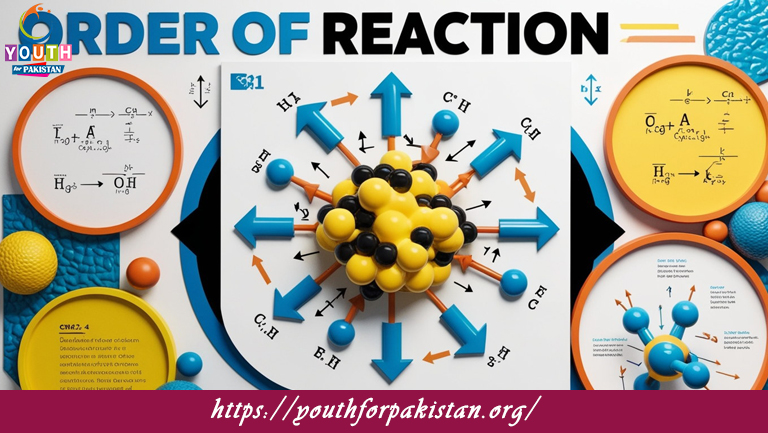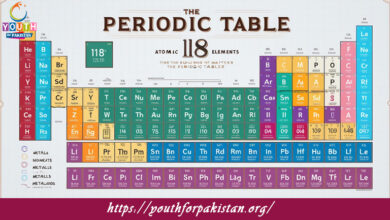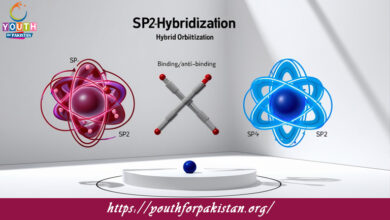Order Of Reaction And Its Determination MDCAT Quiz with Answers

Order Of Reaction And Its Determination MDCAT Quiz: crucial role in understanding how the concentration of reactants affects the rate of a chemical reaction. The order of a reaction indicates the relationship between the rate of the reaction and the concentrations of the reactants. For MDCAT exam preparation, being able to determine the order of a reaction and apply it in problem-solving is vital for success in the MDCAT Quiz section related to reaction kinetics.
Understanding the Order of Reaction
The order of a reaction is the sum of the exponents in the rate law expression. For the general reaction with rate law: rate = k[A]^m[B]^n, the overall order of the reaction is the sum of m and n. The order can be:
Zero order: Reaction rate is independent of the concentration of the reactants.
First-order: The reaction rate is directly proportional to the concentration of one reactant.
Second-order: The rate of reaction is proportional to the square of the concentration of a reactant, or to the product of the concentrations of two reactants.
Understanding the different orders of reaction is crucial, as MDCAT Quiz questions often test your ability to determine the reaction order from experimental data or predict the reaction rate based on the concentrations of reactants.
Methods for Determining the Order of Reaction
The order of a reaction can be determined experimentally by measuring how the rate of the reaction varies with a change in concentration of the reactants. The most common methods for determining reaction order are:
Integrated Rate Laws For a reaction whose rate follows simple orders (zero, first, or second), plotting concentration vs. time allows one to deduce the order. The plot showing a straight line corresponds to a reaction of that order; for example, a straight line for a first-order reaction is obtained when ln[A] is plotted vs. time.
Use the free flashcard tools to help you memorize the different methods to determine reaction order and to practice the problems associated with this concept.
Flashcard Order Of Reaction And Its Determination MDCAT Quiz
Mastering the order of reaction and its determination is very vital for MDCAT students to excel in reaction kinetics. By using MDCAT Quiz and Free Flashcard resources, you can attain mastery over this subject of reaction order and be able to confidently apply it to solve related problems in the exam.

A reaction with a rate law Rate=k[A][B]2text{Rate} = k[A][B]^2Rate=k[A][B]2 is of overall order __________.
3

A reaction with Rate=k[A]0[B]1text{Rate} = k[A]^0[B]^1Rate=k[A]0[B]1 is __________ with respect to A.
zero-order

For a reaction with rate Rate=k[A]2[B]text{Rate} = k[A]^2[B]Rate=k[A]2[B], doubling [A] increases rate by __________.
4

A reaction with Rate=k[A]2text{Rate} = k[A]^2Rate=k[A]2 is __________ with respect to A.
second-order

The method of determining reaction order by varying initial concentrations is called __________.
method of initial rates

In a reaction A+B→CA + B to CA+B→C, if doubling [B] does not affect rate, the order with respect to B is __________.
zero

If the rate of reaction quadruples when [A] is doubled, the reaction is __________ with respect to A.
second-order
Experience the real exam environment with our expertly designed collection of over 25,000 MCQs MDCAT Mock Tests.





